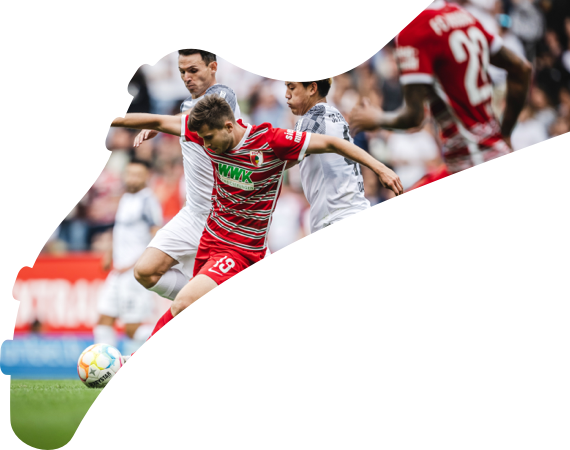
Bundesliga club-by-club historical guide: St Pauli
St. Pauli are the Hamburg club with an alternative outlook who won plenty of support around Germany and beyond when gaining promotion to the Bundesliga in the late 1980s, and have been up and down a few times since.
bundesliga.com is taking you through all the teams to have graced Germany’s first division over the last 60 years – based on the number of seasons they’ve played up to and including 2023/24.
St. Pauli
Years in Bundesliga: 8 (1977/78, 1988-91, 1995-97, 2001/02, 2010/11)
Most appearances: Andre Trulsen (177)
Most goals: Andre Golke (25)
Youngest player: Christian Rahn (17 years, 11 months, nine days)
Although they have only actually spent eight seasons in the Bundesliga and never finished higher than 10th, St. Pauli are one of Germany’s most popular clubs – both at home and abroad. Based in the eponymous district of the city of Hamburg also famous for the Reeperbahn, Pauli are better known for the club’s social culture than on-field success, but have enjoyed promotion to the top flight five times since first coming up in 1977. Like that occasion, their stays have tended to be short-lived – never longer than three years at a time – and their 2002 relegation was followed by another down to the Regionalliga, with financial issues often proving the club’s biggest stumbling block and resulting in a number of demotions down the divisions.
Their most famous campaign to raise funds came after their 2003 relegation as they sought to avoid further drops. Almost €1 million was raised through the sales of “Retter” (saviour) T-shirts, around €170,000 through the sales of beers at local bars, and another quarter of a million thanks to a charity match against Bayern Munich. It was given the catchy headline of ‘Weltpokalsiegerbesieger gegen Weltpokalsieger’. The former term – a now famous example of German compound nouns – was coined after Pauli – bottom of the table at the time – won 2-1 at home to Bayern, who had just won the Intercontinental Cup, known in German as the Weltpokal. So, literally, ‘beaters of the Intercontinental Cup winners’, and printed onto many more T-shirts featuring the names of the players who got that result.
Watch: 5 things on St. Pauli

Pauli’s arch-rivals are, unsurprisingly, city giants Hamburger SV. Die Kiezkicker have historically portrayed themselves as the working-class club taking on much wealthier teams. Supporters have seen the Millerntor – the first stadium in the Bundesliga to include bans for sexist or racist comments in its relegations – as a safe haven for those who felt different and wanted to get away from hooliganism and right-wing beliefs that were spreading in football in the 1980s. It was around that time that the skull and crossbones, previously only really known from pirate films, became a symbol of the club when a fan nicknamed Doc Mabuse first started bringing a large flag to games.
The stadium had to undergo some works when the club returned to the Bundesliga in 1988, but they refused to add corporate VIP areas and also kept trees behind the ground that fans – nicknamed ‘Football Koalas’ by a local newspaper – used to climb to watch games.
Pauli supporters remain explicitly left wing, often speaking out on political matters and launching campaigns, while nurturing the underdog nature of the club. That has all created the St. Pauli ‘brand’ known around the world. But don’t dare call it a brand around fans who still shun the profit focus and commercial nature of modern football…


